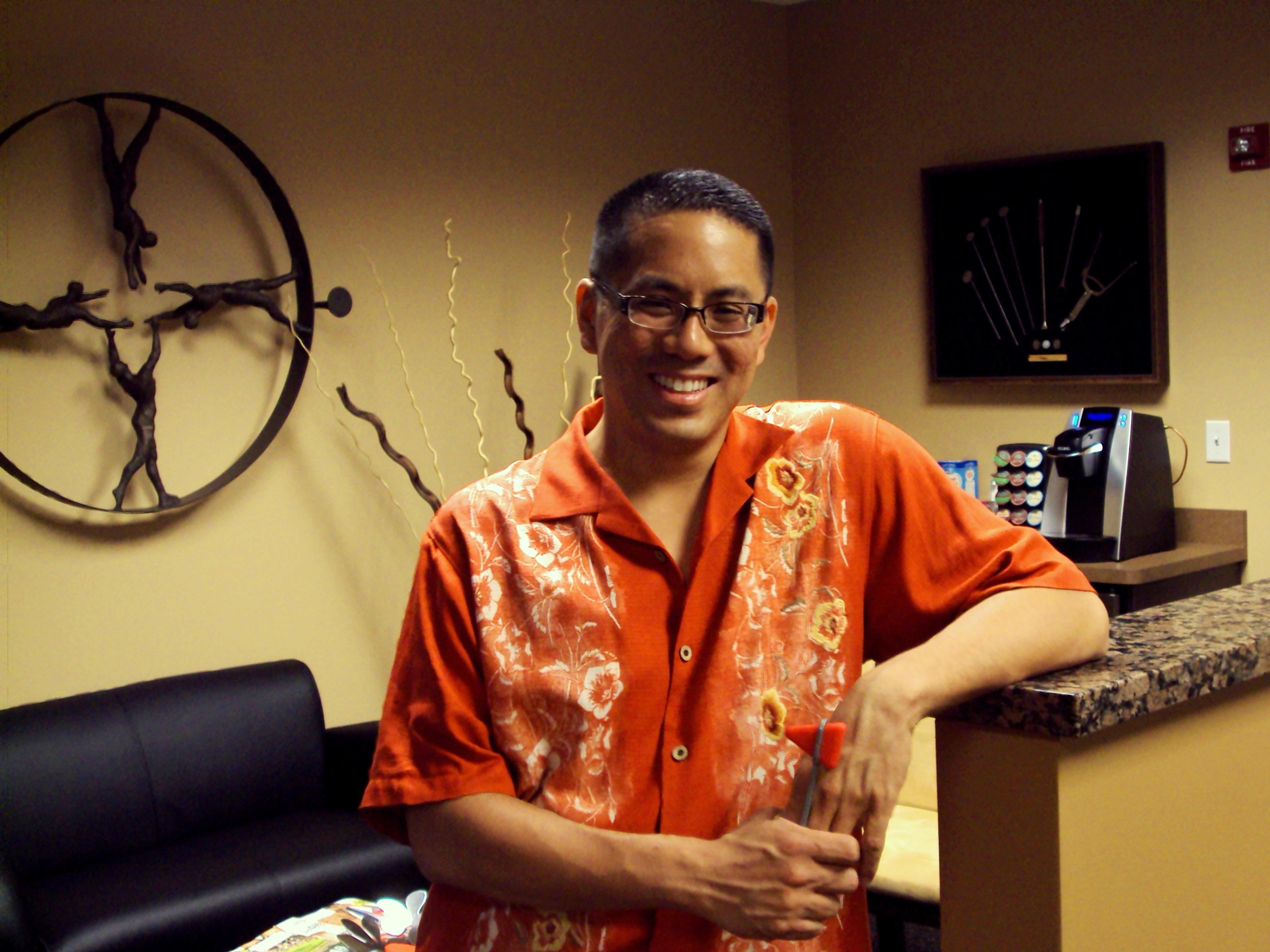Herniated Disc in the Lower Back and Neck
A herniated disc, also called a ruptured, protruding or bulging disc is a very common spinal condition – it may also cause pain in the neck, lower back, or the arm or leg.
Herniated discs can occur in the cervical spine (neck region) or lumbar spine (lower back), according to Dr. Bosita, an orthopedic spine surgeon on the medical staff at Texas Health Center for Diagnostics and Surgery in Plano.
“A herniated disc in the cervical spine will typically cause a combination of neck pain along with arm pain or arm weakness,” he said. “A herniated disc in the lumbar spine can cause back pain with leg pain or leg weakness.”
The good news: although a herniated disc can be very painful, most patients feel much better after a few weeks or months of nonsurgical treatment.
Dr. Bosita shares insights in the basics on herniated disc – what it is, what causes it, and how it’s diagnosed.
What is a Herniated Disc?
The spine is made up of 24 bones, called vertebrae, that are stacked on top of one another. These bones connect to create a canal that protects the spinal cord. Nerve roots branch out from the spinal cord through openings in the vertebrae. Between these vertebrae are flexible intervertebral discs: flat, round “cushions” that are about ½ inch think.
A herniated disc occurs when one of the discs in the spine bulges out and puts pressure on the spinal nerves. That leads to the pain, numbness, and weakness in one or both arms, or in the legs, a condition called sciatica.
“Discs act like shock absorbers between the vertebral bones,” said Dr. Bosita. “As we age, however, those discs lose some of their water content and they become a little more fragile and less flexible, which makes a herniated disc more likely to occur.”
Some risk factors may increase the risk of a herniated disc, including:
-
Gender: men are more likely to experience herniated discs than women
-
Smoking
-
Improper lifting or twisting
-
Being overweight, which puts added stress on the discs in the lower back
-
Repetitive activities, such as constant lifting, pulling, bending, or twisting
-
A sedentary lifestyle
-
Long, frequent periods of driving.
A herniated disc may also be triggered by a traumatic event, such as a fall.
How is a Herniated Disc Diagnosed?
When a patient comes to the doctor complaining of pain in the back, neck, arm or leg, the first goal is to get a good diagnosis.
“Finding a diagnosis starts with a conversation,” said Dr. Bosita. “Often, the issues a patient reports can tell us what the problem is. That can include the types of activities that make their problem worse, or the positions they must get into in order to eliminate the pain, or the activities that they have given up to help minimize the pain. All of those things will clue us in to where the problem is.”
A physical exam is also part of the diagnostic process; Dr. Bosita asks the patient if they’re experiencing numbness, tingling or any sensory issues. He also takes a medical history.
“Younger patients tend to have one herniated disc in one location,” he said. “Older patients, who tend to have more degeneration in the spine overall, may have two or more herniated discs, which can make symptoms even worse."
Usually, Dr. Bosita will order an x-ray, or a magnetic resonance imaging (MRI) scan, or both, to help pinpoint the nature and location of the problem.
“The patient and I will review the x-rays or MRI scan together, and I will show the patient exactly what’s wrong,” he said.
For most patients, a herniated disc will slowly improve over a period of several days to weeks. Most patients are free of symptoms by 3 to 4 months. Spine surgery is typically recommended only after nonsurgical treatments are tried and have not provided relief. However, surgery may be recommended immediately for patients with severe symptoms such as muscle weakness, difficulty walking or loss of bladder or bowel control.
Non-surgical Treatment for a Herniated Disc
For most cases of a herniated disc, the first line of defense is nonsurgical treatment. That might begin with one to two days of rest. The doctor may also recommend activity modifications, such as: taking rest breaks throughout the day (but avoiding sitting for long periods); changing your daily activities to avoid movements that can cause further pain; and taking nonsteroidal anti-inflammatory medications (NSAIDs), such ibuprofen or naproxen.
Physical therapy may also be prescribed. This involves specific exercises to help strengthen your spine and abdominal muscles. In some cases, if pain persists, an injection of a cortisone-like drug into the space around the nerve may provide short-term pain relief by reducing inflammation.
Conservative, nonsurgical treatments are almost always tried before surgery is recommended. Most patients won’t require surgery. But when surgery is needed, the most common procedure for treating a single herniated disc is a microdiscectomy or laminectomy/discectomy. The operation involves removing a portion of the intervertebral disc, the herniated or protruding portion that is compressing the nerve root. The procedure is done through a small incision at the level of the disc herniation and often involves the use of a microscope. The bulging portion of the disc is removed. Sometimes this can even be done using endoscopic spine surgery, an ultra-minimally invasive surgical approach.
The surgery typically takes 60 to 90 minutes. Often, it’s performed on an outpatient basis, which means the patient doesn’t require an overnight stay in the hospital.
After surgery, patients are advised to modify their activities. That may include limiting repetitive twisting, bending or lifting – anything that puts stress on the discs. Depending on the approach used, patients may gradually resume normal activities. Sometimes physical therapy is recommended.
“The results of microdiscectomy surgery are generally very good, and most patients are able to resume their normal activities after the recovery period,” said Dr. Bosita.

